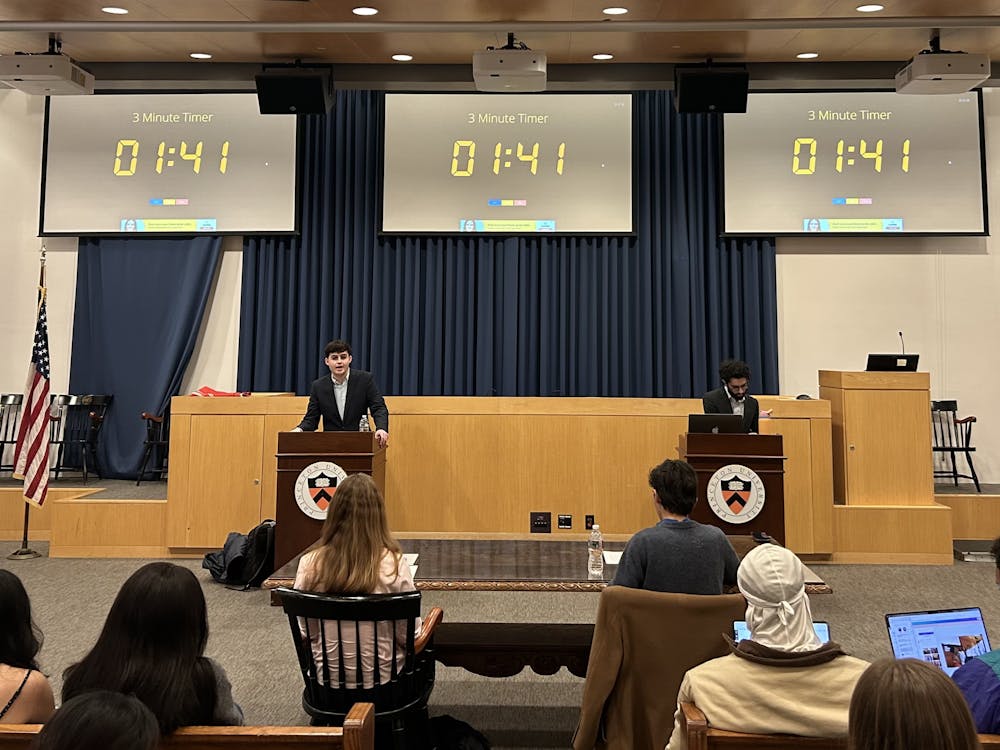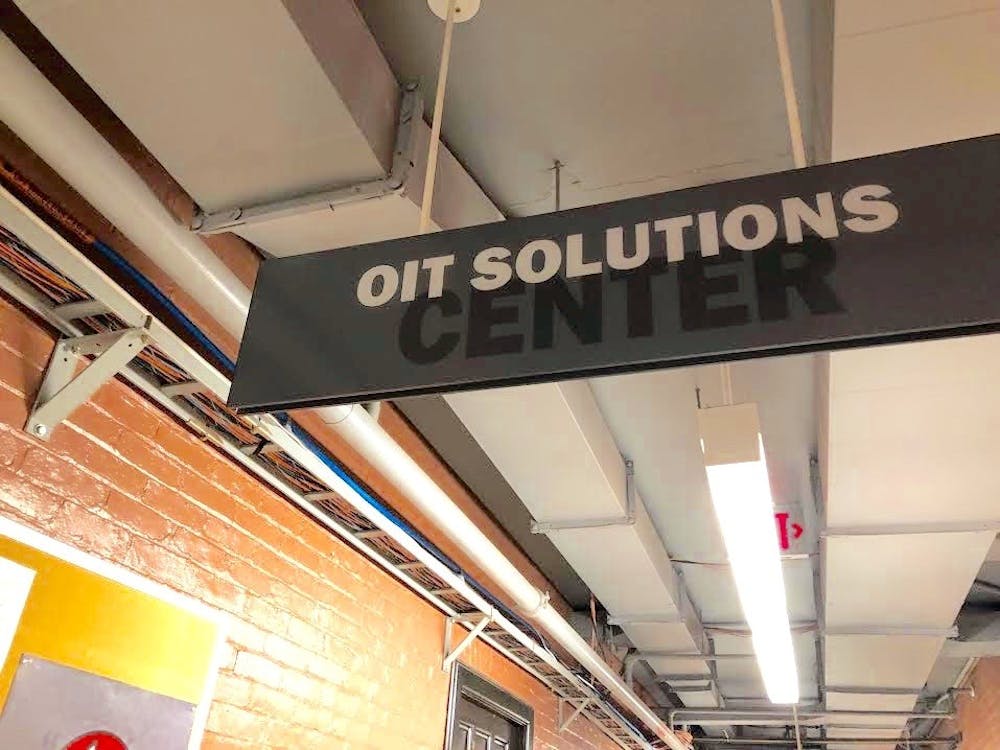Just last month, a blackchild playing in Columbus, Ohio was executed by police. As black members of the University community continue to struggle with the traumatic aftermath of such a particularly disturbing act of violence, those of us who are their peers should ask ourselves: could such a tragedy happen on our own campus? How safe would a black child be playing in our community?
Last October, the University Department of Public Safety (DPS) announced a new policy that would enable DPS officers to access rifles in order to respond to “an active shooter or someone brandishing a firearm” on campus. At the time, some students expressed concern about this decision on the grounds that it was made without input from the University community and that it would not contribute positively to campus safety. There was little real controversy around this news, however — while some affirmatively supported the new policy, most seemed to shrug off its significance as if content to believe that “nothing ever happens in Princeton.”
This dictum is a hugely dangerous misconception. Not only is the DPS policy on firearms unjustified in the name of public safety, but there is also a real, non-negligible risk that an encounter could go wrong and result in the killing of a harmless person.
In 2013, former University President Shirley Tilghman argued that guns have no place on Princeton’s campus and that the University has “in place a number of measures that will ensure that if there is a risk … police can rapidly have the appropriate response without having our own police officers armed.” Despite calls to place armed officers in school environments, evidence suggests that such action does not improve public safety.
Furthermore, it is impossible to discount the significance of race in potentially deadly encounters, especially on a campus environment of pervasive anti-blackness. It is far from inconceivable that a tragedy like the police killings of Tyre King or Tamir Rice (whose wrongful deaths were deemed justified because they were playing with toy guns) could occur in our own community.
In the case of an active shooter, the Princeton Police Department should provide an armed response. P-Safe officers could possibly respond more quickly, but then again, armed guards at Columbine High School and Virginia Tech did not prevent mass shootings. The small trade-off in armed response time is clearly worthwhile when one considers the frequency of harmless incidents that could go wrong under the current DPS policy. A wrongful shooting by a P-Safe officer would not only cause death or injury but would also irreparably shake any possible sense of confidence in the people who are supposed to protect us and who also regularly knock on our bedroom doors, frequently demanding entry into students’ most personal spaces.
A look through the digital record of DPS Daily Crime Logs illuminates past encounters that under current policy could have merited an armed response by P-Safe officers. Due to the nature of these records, such a glimpse requires going several years back — prior to the academic year of 2009-10, reports included a detailed description of each incident. During the 2008-09 school year alone, there were reported sightings of individuals who appeared to be armed, when in fact in one incident two students had a toy gun and in the other a student possessed an “imitation firearm” (which could easily have been a relic, stage prop or innocently-painted Airsoft gun). In the past, there have also been reports of encounters with a summer film camper with a tripod that looked like a rifle and a child with a toy gun. This past May there was a report of a Weapons Law Violation, which could have entailed a similar incident of an “imitation gun.”

The Daily Crime Logs also illustrate the frequency with which emergency responses are mobilized in harmless situations; since the DPS policy allowing access to firearms was announced, there have been 13 incidents reported of False Public Alarm. This term is defined under New Jersey Law as “the report or warning of an impending fire, explosion, bombing, crime, catastrophe or emergency.”
Many of us are privileged enough to believe that the University community is generally safe enough and free of social tensions. We would like to believe, therefore, that P-Safe officers would only need to use firearms in true emergencies. For white staff, faculty, administrators, and students like myself, it is easy to think of police violence as a distant issue far removed from our quiet enclave and friendly officers.
But many members of our community, particularly black students (as well as black faculty, staff, and administrators) are not afforded this sense of security. I have heard from black students who frequently feel unsafe even doing simple, everyday activities like driving in town or running across campus to avoid being late to an appointment. I have also heard students speak about experiencing or witnessing mistreatment of black individuals by DPS officers, such as the intense harassment that Brittney Winters ’09 experienced at the hands of P-Safe officers. Far from isolated incidents, events like this one reflect the pervasive presence of anti-blackness in the University community.
The University is not detached from the current nation-wide situation of anti-black violence by law enforcement, a status quo that is difficult to describe except in degrees of horror. So far, between the years of 2015 and 2016, a total of 1,706 people have been killed by police, of whom nearly a quarter were black — meaning that black people have been overrepresented in the number of victims of police shootings by a factor of two (Hispanic people were also overrepresented, and Native Americans make up the group of individuals most likely to be killed by police). In 2014, ProPublica reported that black men were 21 times more likely than white peers to be killed by police. And yet statistics alone cannot convey the depth of the trauma inflicted by such violence — we must remember the names of individuals like Tyre King and Tamir Rice.

It is important to acknowledge that regardless of how “nice” we deem our officers on campus, the combination of systemic racism, individual bias, lethal force, and chance encounter is always dangerous. We must always pacify law enforcement bodies as much as possible in order to minimize recourse to deadly action, whether across the nation or within our own community. We must abolish P-Safe’s access to guns.
Max Grear ’18 is a Spanish and Portuguese major from Wakefield, R.I. He can be reached at mgrear@princeton.edu.







